How Technology Improves Your Dental Care
Laser Dentistry
Laser dentistry has greatly improved many dental procedures for both hard and soft tissues. From treating dental cavities to contouring gums and eradicating periodontal disease, laser therapy is a non-invasive modern dental technology that provides oral health benefits. Laser dentistry promotes healing and decreases the risk of infection after treatment.
Waterlase MD
Wasterlase laser is a minimally invasive treatment that can be used to remove tooth decay, perform root canals, bone grafting and gum contouring. Waterlase allows for less bleeding and swelling and eliminates the need for sutures. Waterlase can be used in general, cosmetic and restorative dental procedures for a healthier, more beautiful smile. Many patients with dental anxiety feel more at ease and less anxious when being treated with laser dentistry.
EzLase
EzLase is a laser technology ideal for treating soft tissues. EzLase is a preferred treatment to eradicate the harmful bacteria that cause gum disease and can often eliminate the need for gum surgery. EzLase is minimally invasive, promotes healing and reduces the risk of infection. EzLase treatment requires minimal down time and can be completed from the comfort of our Stittsville dentist office.
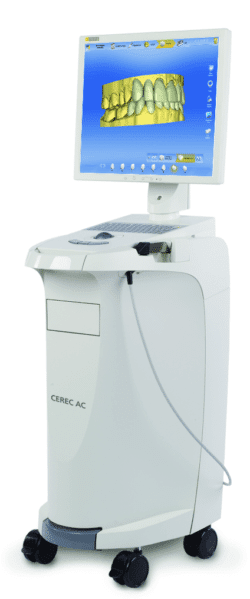
CEREC CAD/CAM
CEREC technology makes same day dental restorations a possibility. Many patients enjoy having their dental restoration created and fit all in one visit to our Ottawa dentist office.
CEREC uses advanced digital imaging technology and CAD/CAM to design and fabricate custom dental restorations such as a dental crown or partial crown. Using the highest quality ceramic materials, CEREC restorations are precisely fit and highly durable.

VELscope®
VELscope® is a non-invasive handheld device that uses a unique blue-spectrum light to screen your oral cavity for signs of unhealthy tissue. Because healthy tissue display specific patterns under the light, it is easy to spot abnormalities. VELscope® allows for the detection of oral cancer before it is visible to the human eye.
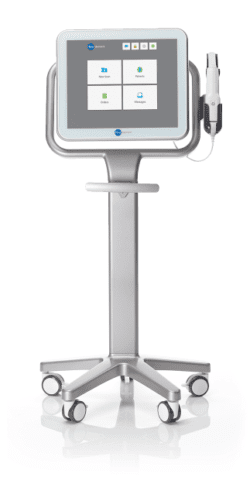
Cadent iTero® digital impressions
No messy impression trays.
Cadent iTero® digital impressions are used to design highly accurate dental restorations such as dental crowns. Cadent iTero takes digital scans of the teeth eliminating messy impression trays. Digital imaging creates better fitting and more natural looking restorations.
CBCT (cone beam)
Cone Beam Computed Tomography (CBCT) is an advanced imaging technique that utilizes a cone-shaped X-ray beam to capture detailed 3D images of the patient’s teeth, jaw, and surrounding structures. It provides high-resolution images with reduced radiation exposure compared to traditional CT scans. This makes it safer for patients, particularly for repeated imaging or individuals sensitive to radiation. CBCT enables precise diagnosis and treatment planning by providing comprehensive information about dental anatomy, bone structure, tooth orientation, and pathology. It plays a crucial role in implant placement, orthodontic planning, oral surgery, endodontics, and evaluating temporomandibular joint disorders. The detailed information obtained from CBCT scans enhances treatment accuracy, improves outcomes, and minimizes potential complications, ultimately benefiting the patients by providing efficient and personalized care.
SprintRay Pro 3D Printer
The SprintRay Pro 3D Printer is a cutting-edge device used to print dental restorations, such as crowns, bridges, dentures, and orthodontic models. It utilizes advanced Digital Light Processing (DLP) technology to rapidly produce high-quality dental prosthetics with exceptional accuracy and precision. It significantly reduces the time required for the fabrication of dental restorations, enabling faster treatment completion. This is particularly advantageous for patients who require immediate restorations or have time constraints. The 3D printing process also ensures excellent fit and functionality of the restorations, enhancing patient comfort and satisfaction. Additionally, the SprintRay Pro enables the use of biocompatible and aesthetically pleasing materials, ensuring natural-looking results and improved patient aesthetics. Overall, the SprintRay Pro 3D Printer enhances the dental workflow, streamlines the treatment process, and ultimately benefits patients by providing efficient, accurate, and customized dental restorations.
Formlabs 3L 3D Printer
The Formlabs Form 3L 3D Printer is an advanced additive manufacturing device that utilizes a process called stereolithography (SLA) to create highly detailed and precise 3D printed objects. It enables the production of custom dental models, surgical guides, aligners, and prosthetics with exceptional accuracy and detail. This enhances the fit and functionality of dental devices, leading to improved patient comfort and treatment outcomes. The Form 3L’s large build volume allows for the simultaneous printing of multiple dental restorations, reducing production time and increasing efficiency for dental laboratories. With its advanced capabilities and versatility, the Formlabs Form 3L 3D Printer contributes to streamlined workflows, personalized treatment options, and provides highly precise, time-efficient, and customized dental solutions.
Dental Monitoring
Dental Monitoring is an innovative technology that revolutionizes the way orthodontic treatment is monitored and managed. Patients use their smartphones to capture images of their teeth and submit them through the app. The images are then analyzed by our doctors using artificial intelligence algorithms to evaluate tooth movement, treatment progress, and oral health. It eliminates the need for frequent in-person appointments, reducing travel time and inconvenience. The real-time monitoring provided by Dental Monitoring enables early detection of any issues or complications, allowing for timely intervention and adjustments in treatment plans. Additionally, it promotes patient engagement and compliance by providing personalized treatment updates and reminders. Overall, Dental Monitoring improves the efficiency and convenience of orthodontic treatment, enhances patient experience, and contributes to achieving optimal treatment outcomes.


 1261 Stittsville Main Street, Unit #9
1261 Stittsville Main Street, Unit #9
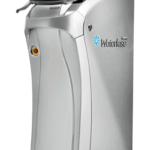
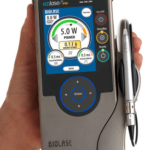

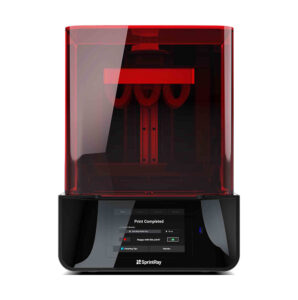
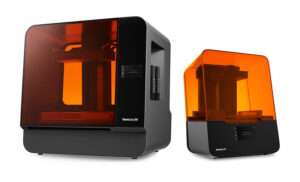

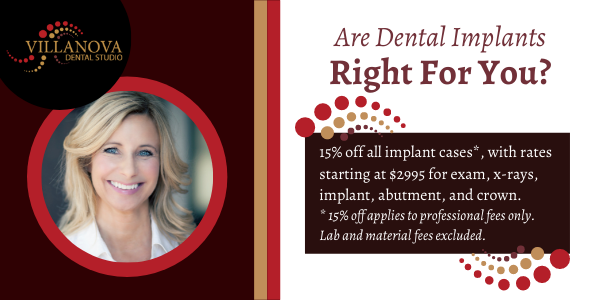
 1261 Stittsville Main Street
1261 Stittsville Main Street


